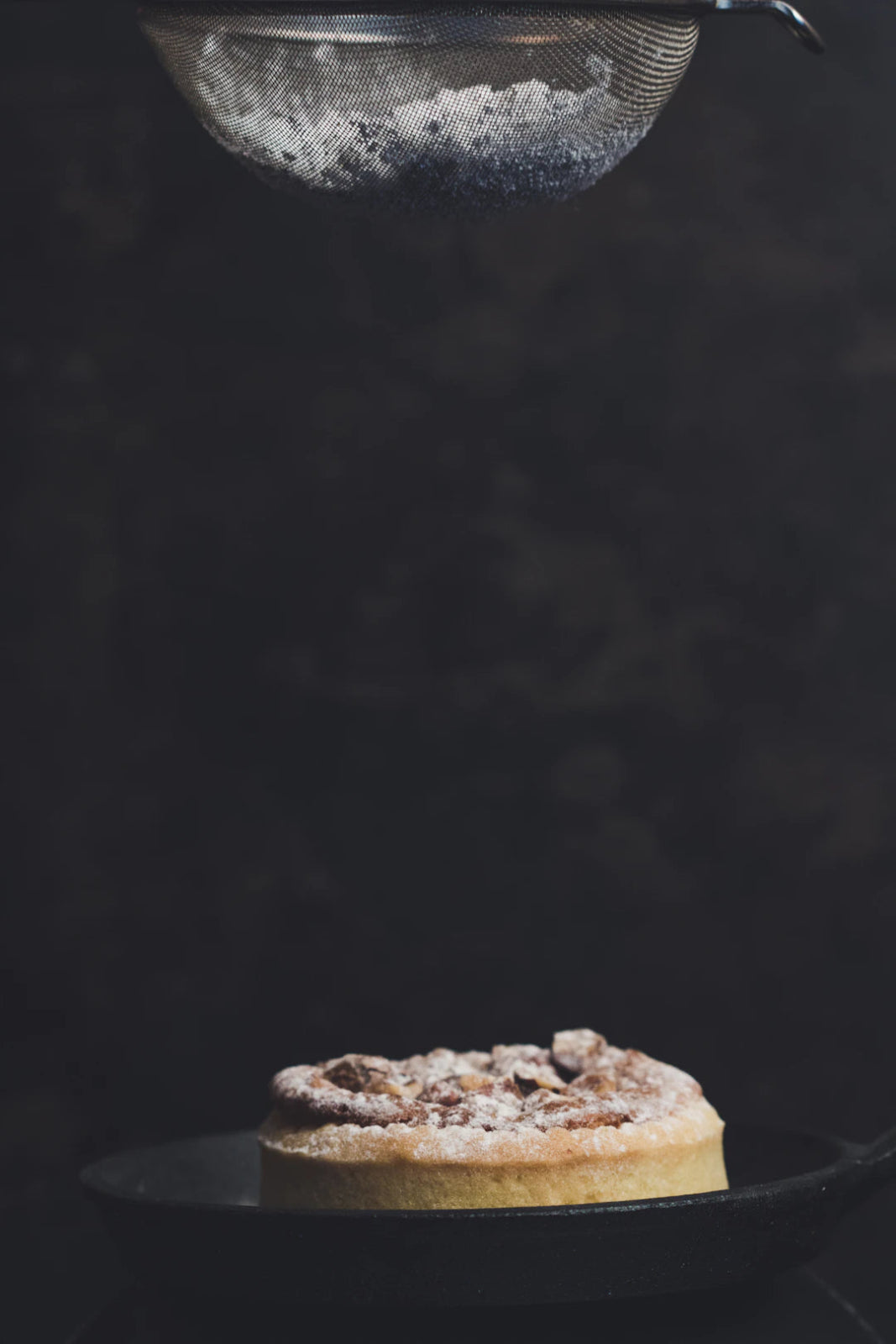Dusting is an essential household chore that often gets overlooked, yet it holds the key to maintaining a clean and healthy living environment. Accumulated dust not only makes your home look unkempt but can also trigger allergies and respiratory issues. This comprehensive guide will walk you through various dusting techniques to elevate your cleaning game. Whether you’re a cleaning novice or a seasoned pro, mastering these methods will ensure your space is spotless and inviting.
Understanding the Importance of Dusting
Before diving into the techniques, it’s crucial to grasp why dusting is more than just a routine chore. Regular dusting contributes to:
- Health Benefits: Dust can harbor allergens, pet dander, and mold. Keeping surfaces dust-free reduces the risk of respiratory problems.
- Aesthetic Appeal: A clean home looks and feels inviting. Regular dusting showcases the beauty of your decor.
- Prolonging Furniture Life: Dust buildup can lead to wear and tear on furniture and electronics. Regular cleaning extends their longevity.
- Improving Indoor Air Quality: Dust particles can circulate in your home. Reducing dust improves air quality and overall comfort.
Essential Dusting Tools and Supplies
To maximize your dusting effectiveness, it's vital to arm yourself with the right tools. Here's a list of must-have supplies:
- Microfiber Cloths: These absorbent cloths trap dust without spreading it around.
- Dusters: Extendable dusters can reach high or hard-to-reach areas while minimizing effort.
- Vacuum Cleaner: A vacuum equipped with a dusting attachment can suck up dust from various surfaces.
- All-Purpose Cleaner: While not always necessary, a gentle cleaner can help maintain surfaces while dusting.
- Static Cloths: These are excellent for picking up dust from electronic devices without causing static damage.
Effective Dusting Techniques
Now that you're equipped with the right tools, it’s time to explore dusting techniques that guarantee maximum effectiveness.
Top to Bottom Approach
Always dust from the highest surfaces down to the lowest points. This prevents dust from settling on areas you’ve already cleaned. Start with:
- Ceiling fans and light fixtures
- Wall-mounted decor
- High shelves and cabinets
- Furniture surfaces
Use the Right Motion
When dusting, the technique you employ can make a significant difference:
- Wipe in One Direction: Avoid circular motions which can cause dust to smear. Instead, dust using straight, linear strokes for best results.
- Light Pressure: Gently glide the cloth or duster over surfaces. Pressing too hard can push dust deeper into crevices.
Dusting Blind Spots
Be mindful of areas that often go unnoticed. Pay special attention to:
- Baseboards
- Blind slats
- Underneath furniture
- Behind appliances and electronics
Room-Specific Dusting Strategies
Adapting your technique based on the specific challenges of each room can optimize results. Here are tailored strategies for common areas:
The Living Room
This space can accumulate dust rapidly due to fluff and fabric. Use the following steps:
- Start with electronic devices. Unplug them for safety and dust carefully using a static cloth.
- Next, wipe down furniture surfaces, starting with higher bookshelves and working your way down.
- Don't forget cushions and throws — a quick shake can dislodge particles.
The Kitchen
The kitchen often sees dust mixed with grease and moisture:
- Dust high cabinets and light fixtures before cleaning lower counters.
- Utilize a damp cloth on surfaces that may require more than just dusting.
- Remember to clean appliances, including the top of the fridge and microwave.
The Bedroom
Bedrooms are personal sanctuaries but can also attract dust quickly:
- Focus on bed frames and headboards, as they collect dust easily.
- Pay special attention to bedside tables and knick-knacks.
- Finally, don't forget to clean under the bed and any dangling curtains.
Frequency of Dusting
Establishing a good frequency for dusting can significantly impact your cleaning routine's effectiveness:
- Weekly Cleaning: Dust high surfaces and heavily used areas more frequently.
- Bi-weekly Maintenance: Areas that gather less dust can be dusted every two weeks.
- Monthly Deep Cleans: Conduct thorough dusting every month to capture all hard-to-reach areas.
Common Dusting Mistakes to Avoid
Even the most seasoned cleaners can make mistakes that hinder effective dusting. Here are some common pitfalls to avoid:
- Using the Wrong Cloth: Avoid regular cleaning rags, as they can spread dust instead of capture it.
- Neglecting Electronics: Dust buildup can damage your devices, so always use static-free cloths on screens and keyboards.
- Overloading Your Duster: Beware of trying to capture too much dust at once; it can often lead to spreading it instead.
Making Dusting Enjoyable
Let’s face it; dusting isn’t everyone’s favorite pastime. However, with a little creativity, you can make your dusting sessions more enjoyable:
- Play Music: Create a playlist of your favorite upbeat songs and dance your way through dusting.
- Set a Timer: Challenge yourself to complete a room in a set amount of time for a fun twist on the chore.
- Get Family Involved: Turn dusting into a family activity to make it a shared experience.
Transform Your Space One Dusting at a Time
By mastering the techniques outlined in this guide, you’ll not only enhance the cleanliness of your home but also improve its overall atmosphere. Dusting, when done correctly, can be a swift and productive task that leaves your environment radiant and fresh. Remember, consistency is key! Make dusting a part of your regular cleaning routine, and embrace the satisfaction that comes with a dust-free life. Your home deserves it!


Share:
The Ultimate Guide to Cleaning Carpets and Rugs: Tips and Tricks for a Fresh Home
Transform Your Space: Ultimate Guide to Keeping Your Home Allergen-Free